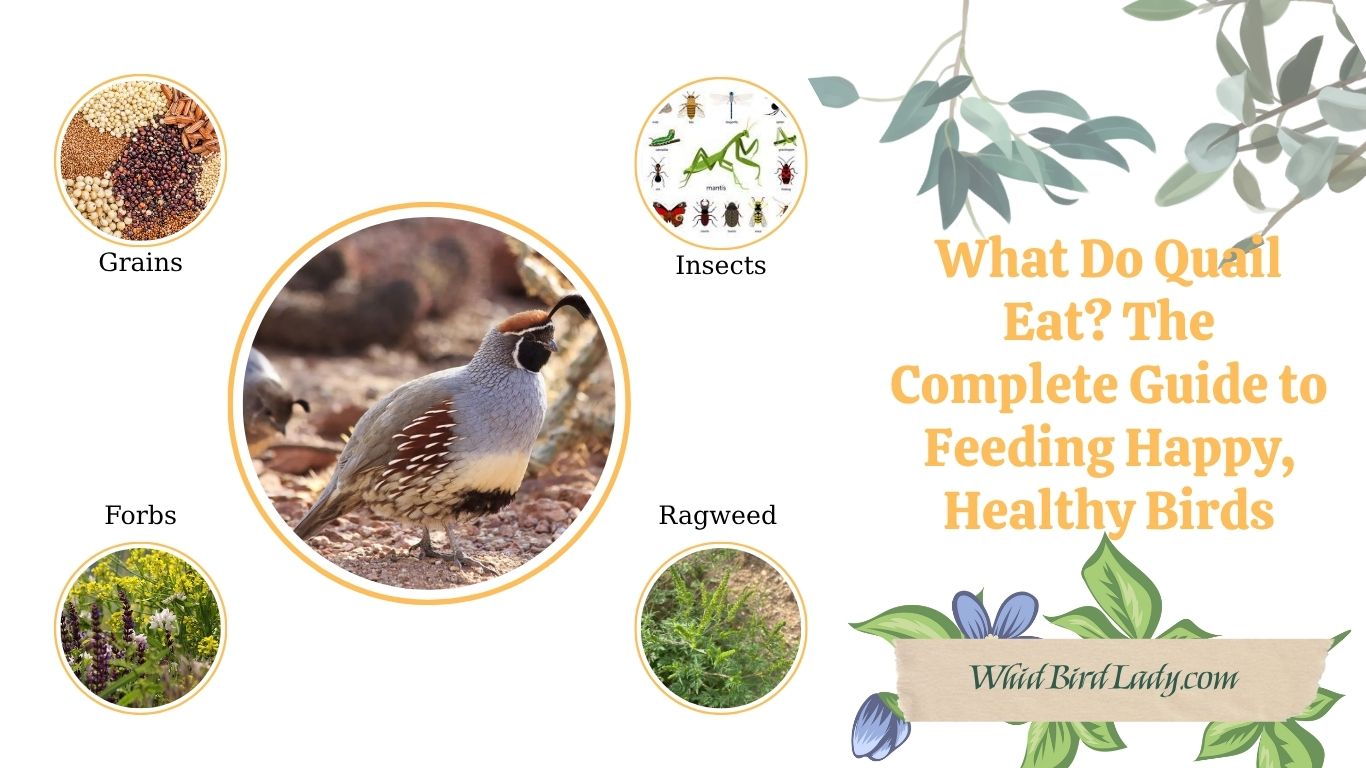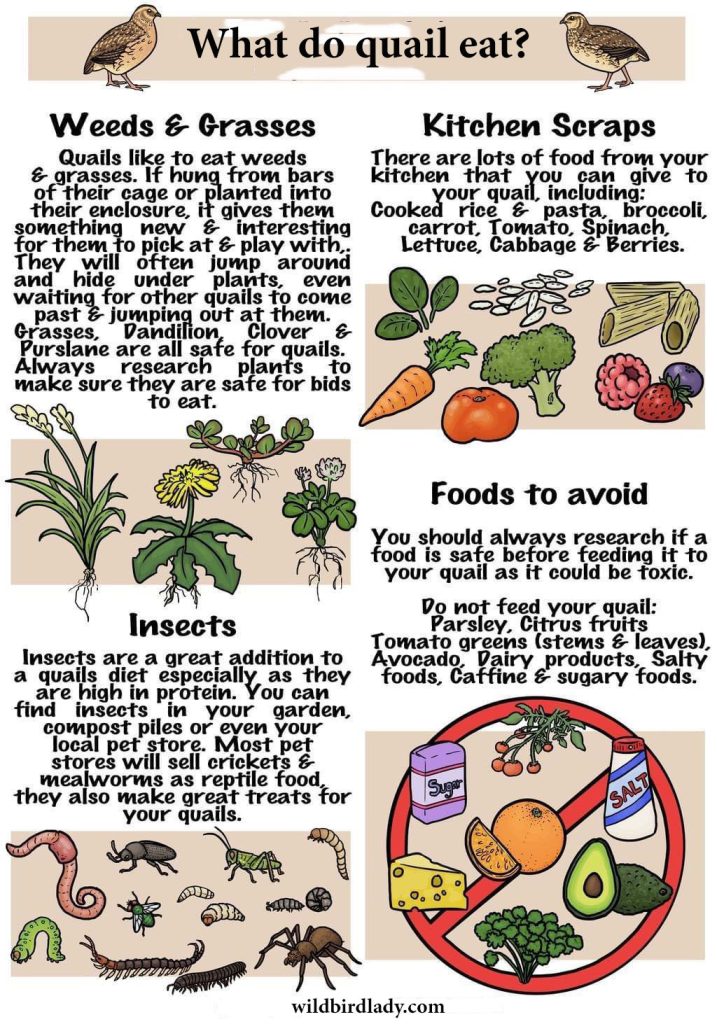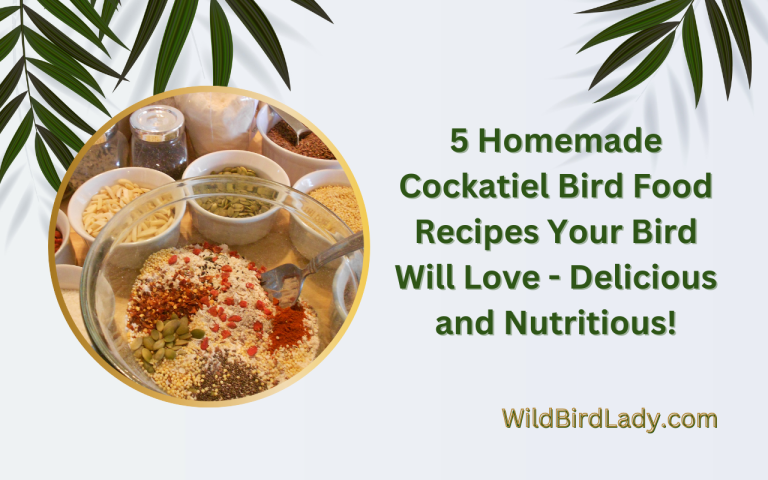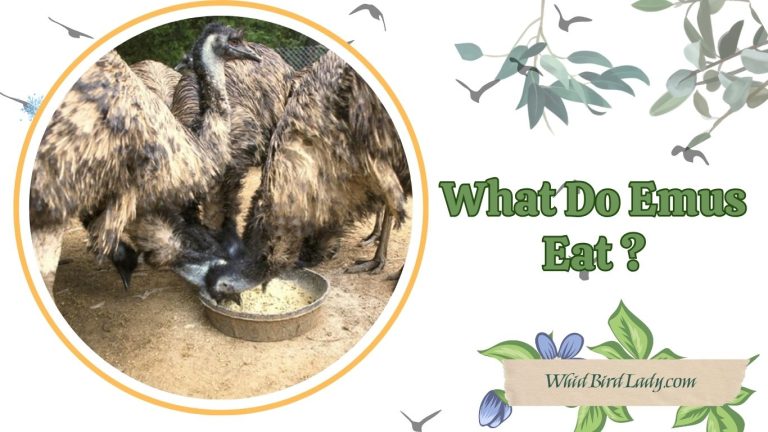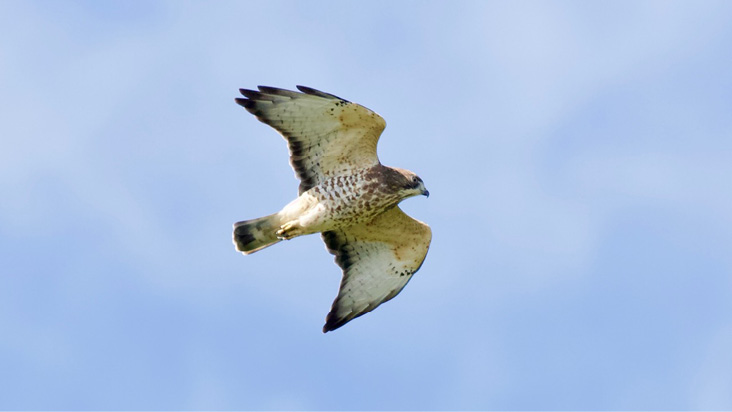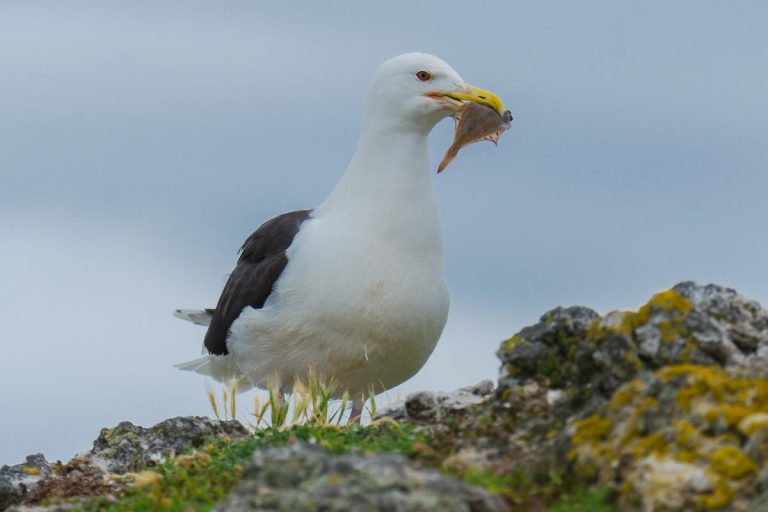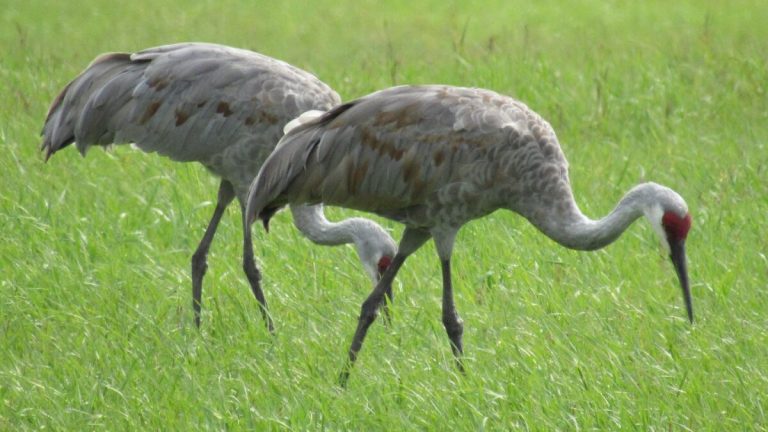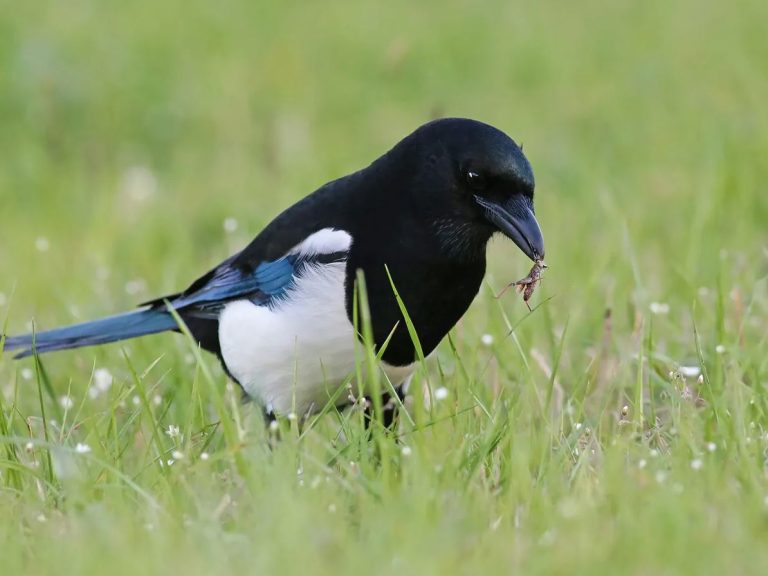What Do Quail Eat? The Complete Guide to Feeding Happy, Healthy Birds
Quail are small, ground-dwelling birds known for their charming personalities, beautiful plumage, and usefulness in both backyard farming and wildlife ecosystems. Whether you’re raising them for eggs, meat, as pets, or simply curious about their wild habits, understanding what quail eat is essential to keeping them healthy and thriving.
In this comprehensive guide, we’ll explore everything you need to know about the quail diet—from what wild quail eat to how to properly feed domestic quail. By the end, you’ll be fully equipped to support your birds with the best possible nutrition.
Why Knowing What Quail Eat Matters
A proper diet impacts every part of a quail’s life:
- Egg production
- Feather quality
- Immune health
- Growth and development
- Overall happiness
Whether you’re raising Coturnix quail in your backyard or observing California quail in the wild, feeding these birds right is the key to their vitality.
What Do Quail Eat in the Wild?
Wild quail are opportunistic foragers with a highly varied diet that shifts with the seasons and local environment. Here’s a breakdown of what they typically consume:
1. Seeds and Grains
Seeds make up a large portion of a wild quail’s diet—especially in fall and winter when insects are scarce. Some favorites include:
- Millet
- Sunflower seeds
- Ragweed seeds
- Grass seeds
- Wheat and barley (from farm fields)
2. Insects and Small Invertebrates
In spring and summer, protein-rich insects become crucial for growth and breeding. Wild quail commonly eat:
- Grasshoppers
- Beetles
- Ants
- Termites
- Spiders
- Caterpillars
- Worms
3. Greens and Fruits
Wild quail will also nibble on tender vegetation and fruits when available. These include:
- Clover
- Chickweed
- Berries (like blackberries, blueberries, mulberries)
- Young leaves and shoots
4. Grit and Sand
To help grind seeds in their gizzards, quail ingest small bits of grit and sand. This is essential for digestion since they don’t have teeth.
What Do Pet or Farm-Raised Quail Eat?
Domestic quail diets differ slightly from wild quail. Since they don’t forage, their nutrition must be provided entirely by you. Here’s how to build a balanced, healthy diet for quail kept in captivity:
1. Commercial Game Bird Feed (Base Diet)
The most reliable and efficient way to feed domestic quail is with commercially formulated game bird feed, designed to meet their specific dietary needs.
Look for the following types depending on the bird’s age and purpose:
| Type of Quail Feed | Protein Content | Use Case |
|---|---|---|
| Starter feed | 24–28% | Chicks (0–6 weeks) |
| Grower feed | 20–22% | Juveniles (6–12 weeks) |
| Layer feed | 18–20% | Egg-laying hens |
| Maintenance feed | 16–18% | Adult, non-laying birds |
💡 Pro Tip: Coturnix quail, one of the most popular domestic breeds, thrive on a 20% protein diet for optimal egg production.
2. Protein Supplements
Insects provide protein that promotes healthy feathers, fertility, and strong eggshells. You can supplement their diet with:
- Dried mealworms
- Crickets (live or dried)
- Boiled eggs (chopped up)
- Fish meal (small amounts)
Avoid overdoing protein—too much can cause kidney stress or aggressive behavior.
3. Fresh Fruits and Vegetables
Quail enjoy and benefit from a variety of fruits and veggies. Feed these in moderation (about 10–15% of total diet):
Best Veggies for Quail:
- Leafy greens (kale, romaine, spinach)
- Carrots (grated)
- Peas
- Corn (cooked or fresh)
- Broccoli (chopped)
Best Fruits for Quail:
- Apples (no seeds)
- Strawberries
- Blueberries
- Bananas
- Grapes (cut in half)
⚠️ Avoid feeding citrus fruits and avocado—both can upset their digestion or be toxic.
4. Grit and Calcium Sources
Quail need access to insoluble grit (like crushed granite) to help grind food in their gizzard.
Laying females also need calcium for strong eggshells. Provide:
- Oyster shell grit
- Crushed eggshells (baked to sterilize)
- Calcium supplements (mixed into feed or free choice)
5. Clean, Fresh Water
Water is just as important as food. Make sure your quail always have access to clean, fresh water. In hot weather, check it multiple times a day.
🚫 Never let water dishes go dry. Dehydration can kill a quail in just a few hours in warm temperatures.
What Should You Not Feed Quail?
Certain foods can harm or even kill your quail. Avoid the following:
- Avocados (contain persin, toxic to birds)
- Chocolate and caffeine (both are deadly)
- Onions and garlic (damage red blood cells)
- Raw beans (contain lectins)
- Salty snacks (can cause dehydration and kidney damage)
- Moldy or spoiled food
When in doubt, leave it out.
How Often Should You Feed Quail?
- Chicks: Small meals 3–4 times a day for the first few weeks
- Juveniles and Adults: Two feedings daily or free-choice feeding if using dry pellets
A healthy adult quail eats about 20–25 grams (around 0.7–0.9 oz) of feed per day.
Feeding Tips for Happy, Healthy Quail
- Use shallow feeders to prevent spills and waste
- Clean feeders and waterers daily to prevent mold or bacteria
- Provide enrichment foods like live bugs or fresh greens to reduce boredom
- Feed on a schedule to maintain routine and reduce aggression
- Supplement grit and calcium, especially for layers
Feeding Quail by Breed
Different quail species may have slightly different dietary needs. Here’s a quick reference:
| Species | Notes |
|---|---|
| Coturnix (Japanese) | High egg-layers; need high-protein feed |
| Bobwhite | Thrive on mixed seeds and insects; more wild-like diet |
| California Quail | Forage-heavy eaters; great with native seeds, berries, and insects |
| Gambel’s Quail | Desert birds; need access to succulents or moisture-rich foods if water is limited |
| Button Quail | Tiny species; eat smaller insects and microgreens |
What Do Baby Quail Eat?
Baby quail (chicks) have sensitive digestive systems and need protein-rich, finely milled feed.
Best practices for feeding chicks:
- Use game bird starter feed (24–28% protein)
- Add boiled egg yolk and crumbled mealworms for extra protein
- Avoid large seeds or whole grains
- Ensure water is shallow and safe (use marbles to prevent drowning)
Keep their brooder clean and warm, and they’ll grow quickly.
Can Quail Eat Table Scraps or Chicken Feed?
Feeding quail kitchen leftovers or alternative poultry feed is tempting—especially when you’re trying to reduce waste or cut costs. But it’s important to know what’s safe, what’s not, and how to maintain a balanced diet.
Table Scraps: A Treat, Not a Staple
Quail can eat certain kitchen scraps, but only in small amounts and as occasional treats. These scraps should never replace their main feed, as they typically lack the essential protein, calcium, and micronutrients that quail need to stay healthy.
Here are the rules of thumb when feeding table scraps to quail:
✅ Safe Table Scraps for Quail (Cooked or Raw):
- Tomato fruit (ripe only) – Packed with vitamins and antioxidants. ⚠️ Important: Do not feed tomato stems or leaves—they contain solanine, a toxic compound that can harm or even kill birds.
- Carrots – Grated or finely chopped; rich in beta carotene.
- Peas – Cooked or raw, a good source of protein and fiber.
- Corn kernels – Fresh, cooked, or even frozen (thawed), but feed in moderation due to high starch content.
- Cooked sweet potato or pumpkin – Easily digestible and nutrient-rich.
- Cooked rice or oatmeal – Plain, unsalted, and unseasoned; a good source of energy.
- Lettuce (especially romaine) – A hydrating treat, though not very nutrient-dense.
- Cucumber or zucchini slices – Refreshing in hot weather.
❌ Foods to Avoid:
- Salty or oily leftovers – Quail have very sensitive kidneys. Salt and oil can quickly lead to dehydration or organ damage.
- Seasoned or spicy food – Garlic, onion, and strong spices are toxic to birds.
- Avocado – Flesh, skin, and especially the pit are toxic to all birds.
- Chocolate, caffeine, or alcohol – All are lethal to birds.
- Bread and pastries – Mostly empty calories and can cause crop impaction.
- Moldy or spoiled food – Even small amounts can be fatal.
- Raw potato peels or green potatoes – Contain solanine, just like tomato leaves.
- Tomato plant leaves and stems – Also high in solanine and should never be fed.
💡 Pro Tip: Always introduce new foods slowly and watch your quail for signs of digestive upset or refusal to eat.
Chicken Feed: Can You Use It in a Pinch?
Chicken feed is widely available and often cheaper than game bird feed, so it’s understandable to wonder: Can I feed my quail chicken pellets?
The answer: Only temporarily, and with caution.
🟡 What’s the Problem with Chicken Feed?
- Lower protein content – Quail, especially Coturnix and Bobwhite, require 20–28% protein, while most chicken layer feed only offers 16–18%.
- Lacks key nutrients – Game bird feed includes more essential amino acids (like lysine and methionine), and sometimes added calcium, which are crucial for egg production and feather health.
- Medicated feed concerns – Many chicken starter feeds contain amprolium, a coccidiostat that is generally safe for chickens but not tested on quail. Overuse can disrupt gut health or cause vitamin B1 (thiamine) deficiency in quail.
✅ If You Must Use Chicken Feed:
- Choose unmedicated starter or layer feed, ideally with at least 18% protein.
- Supplement with protein sources like:
- Dried mealworms
- Scrambled or boiled egg (mashed)
- Fish meal (in small quantities)
- Offer added calcium for laying hens, especially if using layer feed with low calcium.
⚠️ Never use medicated chick starter for extended periods unless under veterinary guidance.
Bottom Line:
You can offer your quail certain safe kitchen scraps and may use chicken feed short-term, but always return to a high-quality, protein-rich game bird feed as the mainstay of their diet. This ensures your birds remain productive, healthy, and happy.
Do Quail Need Supplements?
If your quail have a balanced diet with high-quality game bird feed, supplements aren’t always necessary. However, in some cases, they help:
- Electrolyte/vitamin powder during stress or illness
- Probiotics to support gut health
- Calcium + D3 for laying hens
Seasonal Considerations in Feeding Quail
Just like wild birds, domestic quail benefit from seasonal diet adjustments:
Spring/Summer:
- Boost protein for molting and breeding
- Increase access to insects and greens
Fall/Winter:
- Focus on energy-dense grains (like millet and cracked corn)
- Provide extra fat and calories in cold climates
Final Thoughts: A Happy Quail Is a Well-Fed Quail
So, what do quail eat? The answer is: a diverse, protein-rich, balanced diet that mirrors what they’d find in the wild—plus clean water and a little TLC.
Whether you’re raising quail for eggs, meat, or just for fun, the effort you put into feeding them well will pay off in healthier, happier birds.
Frequently Asked Questions
Can quail eat corn?
Yes, quail can eat cracked corn in moderation. It’s high in calories and best fed in winter.
Can quail eat rice?
Cooked rice is safe in small amounts, but it lacks nutrients. Never feed raw rice.
What’s the best food for laying quail?
High-protein game bird layer feed (18–20%) plus added calcium from oyster shells.
Do quail eat ticks or mosquitoes?
Quail will eat small insects like ticks and mosquito larvae if available, but they’re not a primary pest control option.
Ready to raise thriving quail? Start with the right diet, and your flock will reward you with eggs, entertainment, and endless charm.

